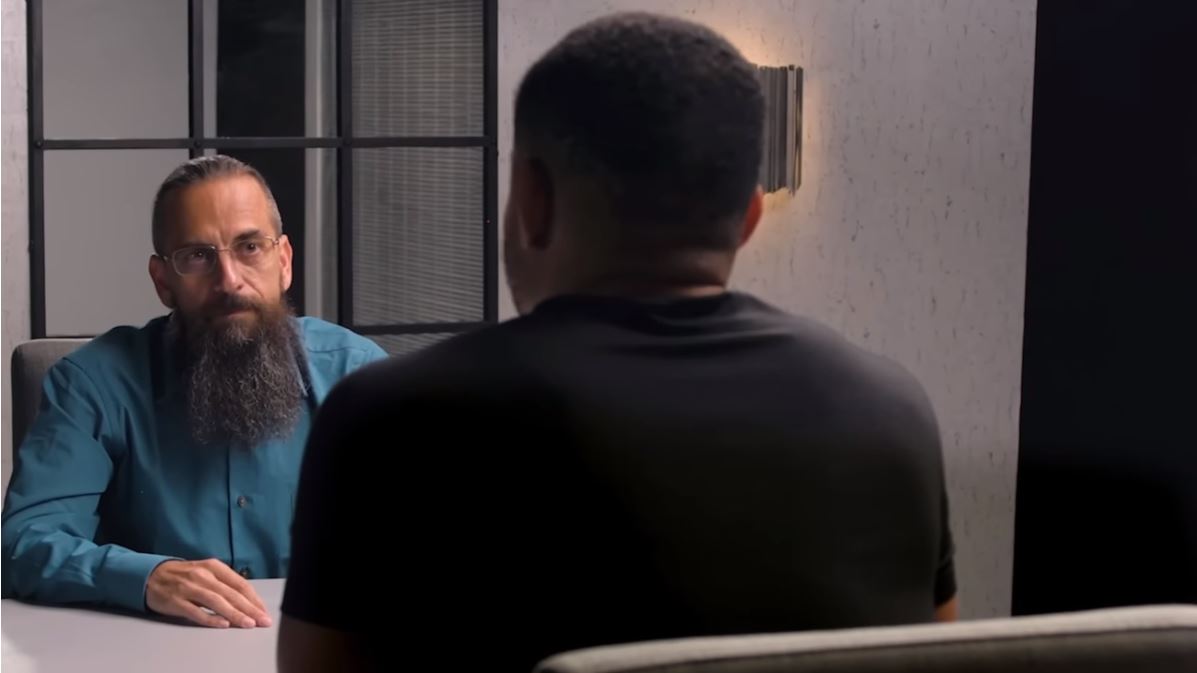The glory of friendship is not the outstretched hand,
nor the kindly smile nor the joy of companionship;
it is the spiritual inspiration that comes to one when
he discovers that someone else believes in him and is
willing to trust him.
A Smile
A smile costs nothing, but gives a lot.
It enriches those who receive it without making poorer those who give it.
A smile takes only a moment, but the memory of it can last forever.
No one is so rich, or so mighty, that they can get a long without a smile.
And no one is so poor that they cannot be made richer by a smile.
A smile creates happiness in the home, fosters goodwill in business and is the
counter sign of friendship.
A smile brings rest to the weary, cheer to the discouraged, sunshine to the
sad and is nature’s best cure for trouble
Yet it cannot be bought, begged, borrowed, or stolen for it is of no value to anyone until it is given away.
Some people are too tired to give a smile so give them one of yours as no one needs a smile so much as he who has no more of his own to give.
Bruce Bertram in 1968
Preventing a Lifetime of Illness Before Birth
A Call to Action for Maternal Health Justice and Vitamin D Sufficiency
89% of pregnant women have serum 25(OH)D levels below 40 ng/mL; 31% are clinically deficient.
Vitamin D sufficiency (= 40 ng/mL) reduces risk of preterm birth by 46-59%, and lowers rates of preeclampsia, C-sections, gestational diabetes, and fetal growth complications.
Standard prenatal care fails to screen or supplement adequately.
Finish reading: https://orthomolecular.activehosted.com/index.php?action=social&chash=f1b6f2857fb6d44dd73c7041e0aa0f19.403&s=86d82e9cdc36148c65275d8341fffe62
Investing In The Most Disruptive Industries

Click to view the video: https://www.youtube.com/watch?v=ZznpMh0DegE
David Brooks – How the Elite rigged Society (and why it’s falling apart).
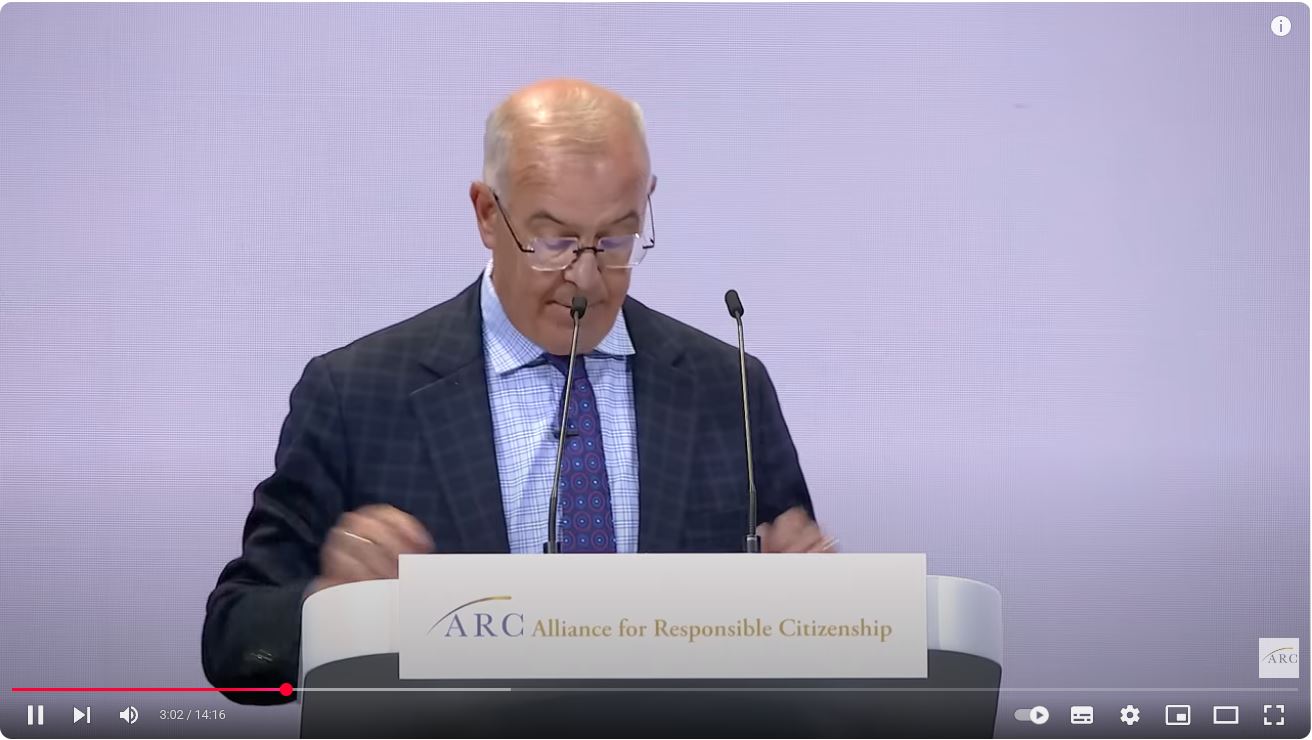
David Brooks’ speech was challenging and thought provoking, calling for us to reassess what we think cultural renewal looks like and to reconnect to our spiritual roots.
Click to view the video: https://www.youtube.com/watch?v=QSa52TR9tCA
A Discussion on AI With Dr. Roman Yampolskiy
Round Table Discussion
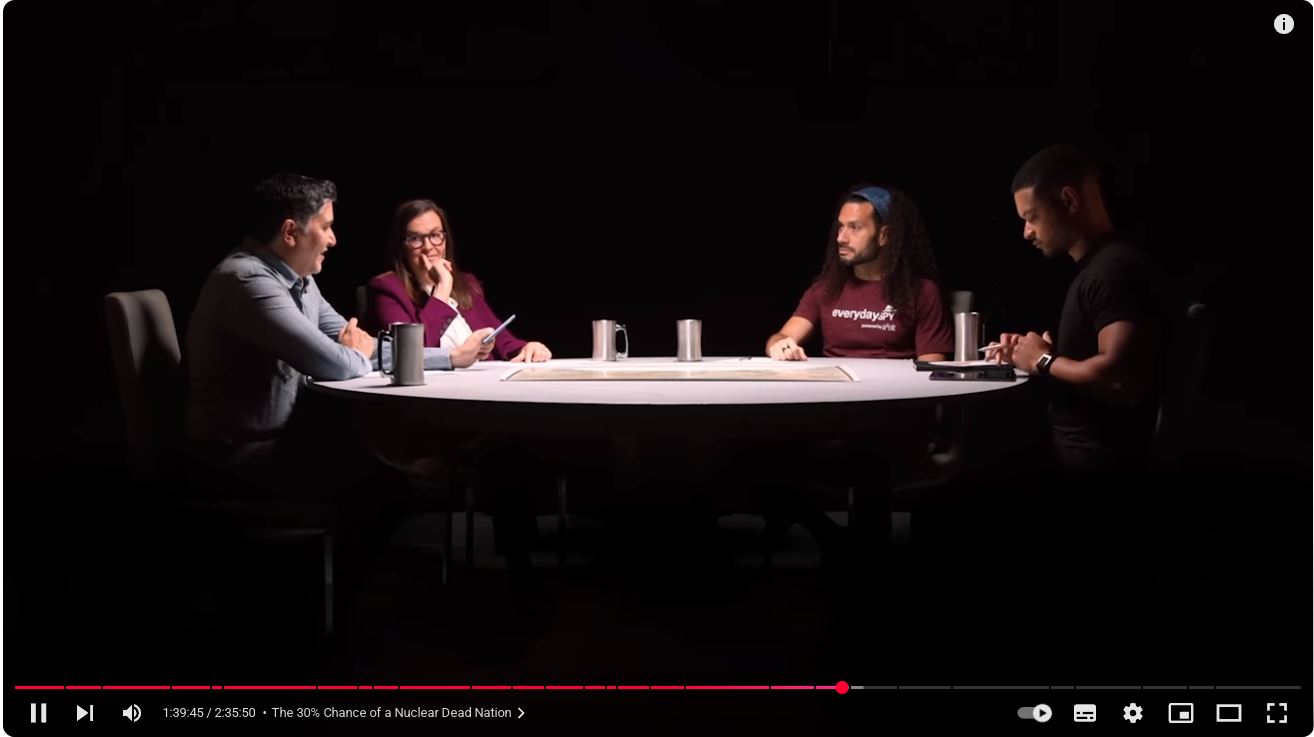
This Diary Of A CEO roundtable brings together 3 top experts: Former CIA intelligence officer Andrew Bustamante, nuclear war journalist Annie Jacobsen, and global politics expert Benjamin Radd to discuss the biggest threats facing the world right now.
Click to view the video: https://www.youtube.com/watch?v=8qObdS-bhRM
Quote of the Day
“I was obliged to be industrious. Whoever is equally industrious will succeed equally well.”
Johann Sebastian Bach – Composer (1685 – 1750)
A New Start
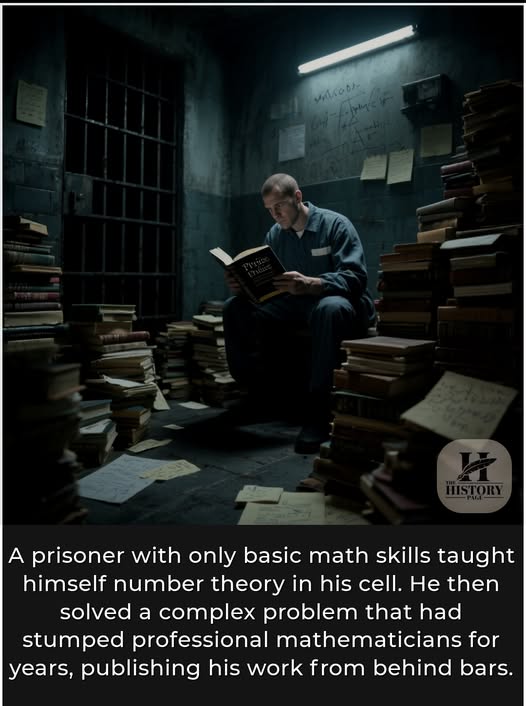
In a prison cell near Seattle, a man serving a 25-year sentence taught himself advanced mathematics and ended up publishing a groundbreaking paper from behind bars.
Christopher Havens, a high school dropout, found himself with a lot of time and a desire to change his life. He decided to dedicate himself to studying math.
He got his hands on some basic textbooks and started from the beginning. He quickly worked his way through algebra, calculus, and then into much more complex fields.
His self-study led him to a very old mathematical puzzle involving something called continued fractions. It was a problem that had stumped professional mathematicians for some time.
Working alone in his cell with just pen and paper, Havens managed to find a solution. He figured out a way to discover new patterns in a whole class of numbers.
He wrote a letter to a mathematics journal, hoping someone would look at his work. That letter eventually made its way to mathematics professors in Italy, who were stunned by what he had done.
After a rigorous review process, his work was confirmed to be correct and original. In January 2020, his paper was published in the journal *Research in Number Theory*, a major accomplishment for any mathematician, let alone one who is self-taught in prison.
Christopher Havens’ story is a powerful example of how a person can find purpose and achieve something remarkable, no matter their circumstances.
Sources: Popular Mechanics, Scientific American
‘The Data is a Lie’: Analyst Who Called 3 Crashes Reveals What’s Really Happening
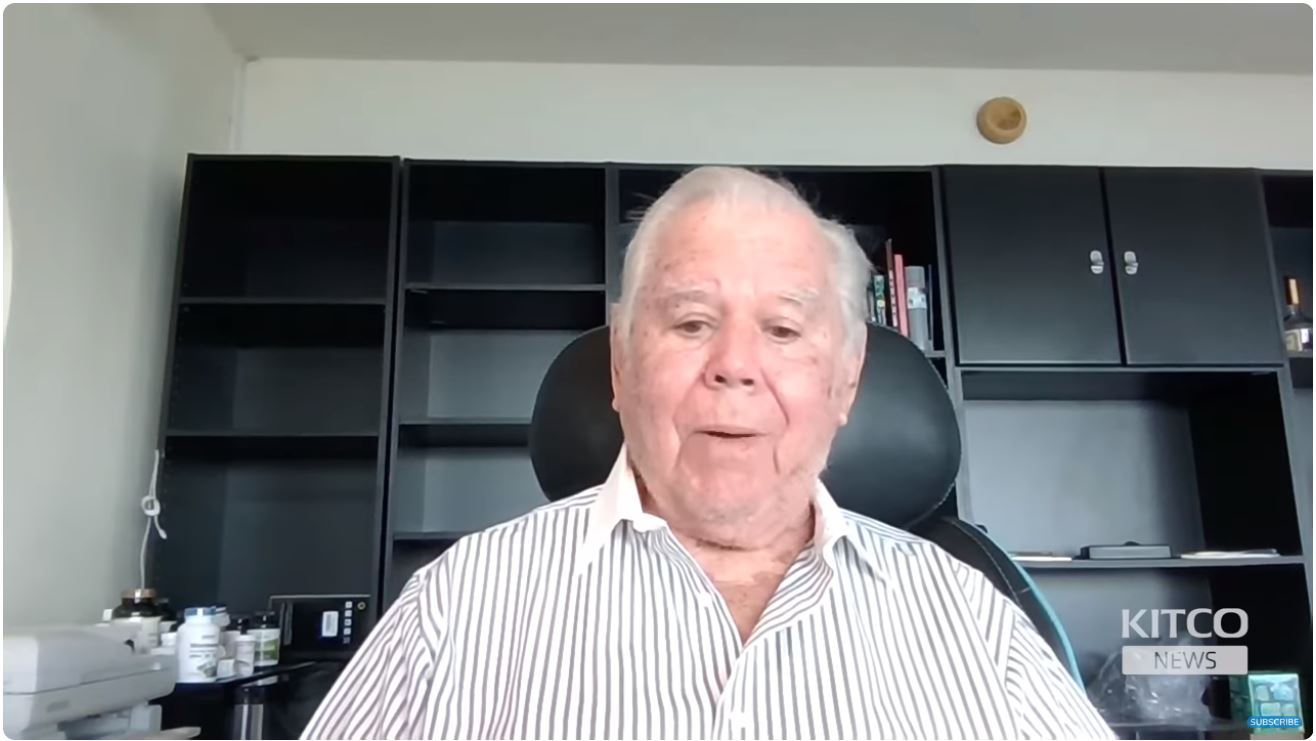
A fundamentalist view on current share prices.
Click to view the video: https://www.youtube.com/watch?v=vd2YUMKPmGM

